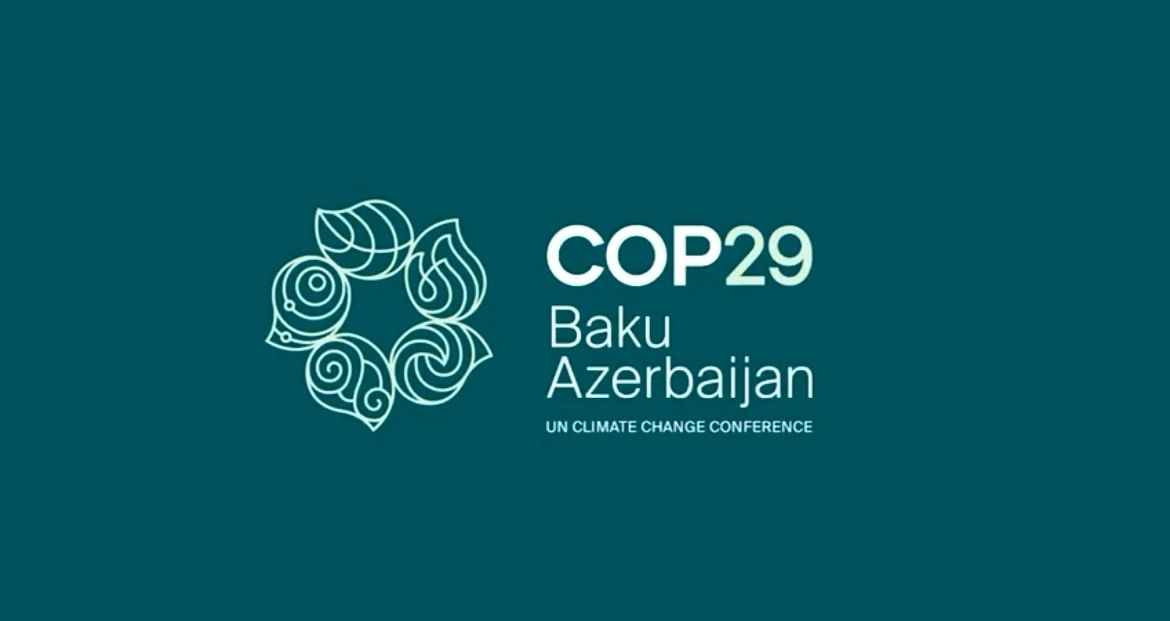UNFCCC Farmers constituency COP29 Joint Statement - Empowering Farmers for Climate Action: An Inclusive Vision for COP29
The Farmers’ constituency represents farmers of all sizes, geographies and demographics, in all their diversity producing food, fibre, fuel, and ecosystem services. While managing complex farming systems and facing first-hand the impacts of climate change, farmers are ready to contribute to the global climate effort whilst achieving food security and other development goals. The GST identified agriculture as part of the climate solution so Farmers’ participation in this process is instrumental in realising the potential of our sector for mitigation and adaptation.
In the COP29 outcome, we wish to see a full recognition of Farmers’ role and engagement in climate efforts1 and a greater integration of our knowledge and priorities in all decisions that impact us. We are ready to work with Parties and other stakeholders in Baku to pursue the following objectives:
Ensuring the Sharm el-Sheikh Joint Work on Implementation of Climate Action on Agriculture and Food Security addresses practical farm issues. Following agreement on the roadmap, farmers’ experiences and solutions must be at the centre of the workshops to ensure that outcomes match our ambition and needs with clear commitments and achievable actions.
Engaging farmers at all levels in the preparation and implementation of the next round of NDCs and NAPs.
Farmers and their organised structures must be involved in the definition of targets and timelines and provided with the necessary means of implementation to raise credible ambition and action for a more resilient agricultural sector.2
- Breaking down the barriers between farmers and finance.3 Climate finance must be available, accessible and predictable for all farmers, whilst considering the particular needs of women and youth, the different types of farmers and the diverse circumstances where each farmer operates: The NCQG should include a clear, quantified, time-bound and appreciably improved financial commitment, significantly increasing grants for adaptation, ensuring transparent reporting mechanisms on pledges and spending, and facilitating direct funding for farmer organisations and cooperatives at all levels, simplifying access for family farmers and smallholders.
- The size and complexity of the challenges require such commitment be made in the context of a greater effort to unlock new and innovative sources of finance and investment for all farmers, incl. public, private and blended. Strengthening national and international enabling environments should be a priority, incl. ensuring adequate fiscal incentives and fair prices for farm products as well as improved access to land, water, infrastructure, technologies, data, advice, and training.
Prioritising farmers in L&D discussions.4 Because farmers are particularly vulnerable to climate change, their active involvement in the L&D Fund’s governance is critical to ensure that access and resource allocation align with effective needs and other initiatives for disaster risk reduction.
Developing global carbon markets that work with the diversity of farm systems. Farmers’ rights must be at the heart of carbon markets’ design, including under the Paris Agreement’s Art. 6, to minimise unintended consequences, ensure fair distribution of benefits, and deliver high integrity mitigation. Financial and technical support is essential to enable effective cooperation and ensure equitable participation and success in project development and implementation, including M&E.
Enhancing transparency and accounting of agricultural emissions and mitigation solutions. National GHG inventories must be continuously improved to better estimate the climate impact of short and long-lived biogenic emissions sources and sinks, and to capture the mitigation progress made by farmers. Given the complexity of farm systems, farmers will need resources and support to collect relevant data which should benefit both farm businesses and emissions reporting. Full transparency on the use and ownership of the data is critical to build trust.
1 - While explicitly acknowledging other NGO Constituencies, previous COP cover decisions significantly omitted a reference to Farmers.
2 - More than 80% of countries list food production and nutrition as a priority for adaptation in their NDCs (UNFCCC, 2021).
3 - Only 4.3% of total climate finance targets agri-food systems with just about half addressing agricultural production (CPI, 2023) down to a low of 0.3% reaching smallholders in Global South (Climate Focus, 2023). Agriculture, forestry & fishing obtained 13% of finance mobilised in 2016-2022 under the 100 billion goal (OECD, 2024) whereas adaptation in agriculture alone will cost more than $100 billion/year (GCF).
4 - Agriculture accounted for 26% of total L&D in 2008-2018 with agricultural losses from disasters averaging $13 billion/year (FAO, 2023).
